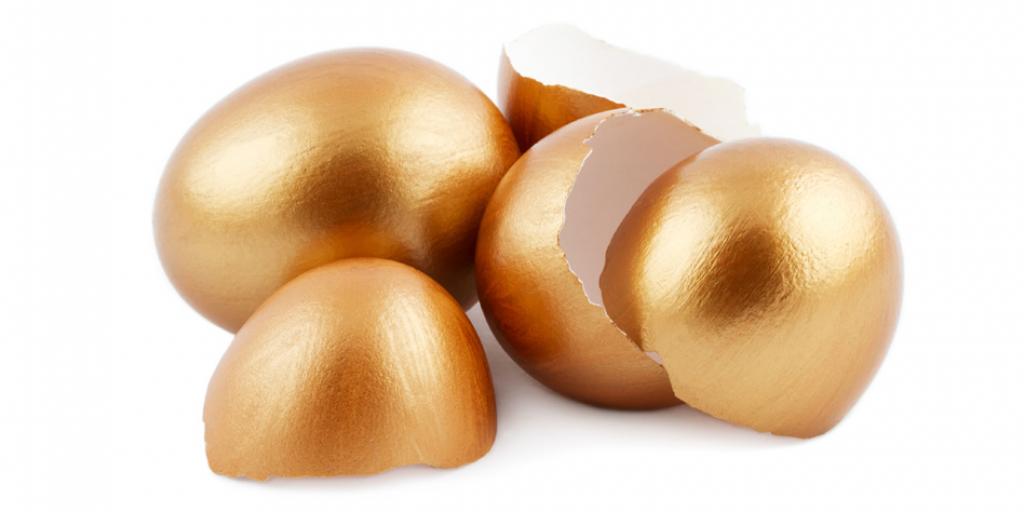
For in your Easter bonnet...
In the gospel of Luke, chapter 24, one can find the story of Jesus, after His resurrection, joining two others traveling to a village named Emmaus, which was located some seven miles outside of Jerusalem.
Based on this biblical Passover event, centuries later a tradition arose of taking a walk after Easter Sunday church services. A group of people would walk into the fields, into the forest or wooded areas and into town (cf. Mark 16:12). At certain spots they would stop to pray and sing Easter songs. The walk was normally led by someone carrying a lighted candle. Farmers in Germany and Austria usually adorned their horses with flowers, ribbons and leaves before riding in the Easter procession.
In Poland the processions were called, "Emmaus Walks," and there were Easter Monday picnics held in "Emmaus Groves." Other related beliefs and practices sprang up through the years. Some considered it "bad luck" not to wear something new on Easter. The poorest males would try to have something new—if only a shoestring—and the girls would look diligently for a piece of new ribbon to wear in their hair.
One item of clothing received more attention than all the rest combined. That was the "Easter bonnet." Each year, Easter Sunday was the time to go to church and show off your new Easter bonnet. Ladies would save money and even work extra jobs to ensure that enough money would be available to buy a new hat for Easter. They would go to great extremes to gain attention and praise during their stroll down the "avenue." Some bonnets were designed to resemble very large baskets of fruit or flowers and were worn upside down.
Today, the tradition continues—and many cities hold annual Easter parades. There is a popular song played and sung during this society's Easter season: "put on your Easter bonnet with all the frills upon it, and you'll be the grandest lady in the Easter parade."
What does this tradition, with its overt vanity and pride, have to do with Christ's death and resurrection? Absolutely nothing at all. It is all self-aggrandizement, "the pride of life" (1 John 2:16). Please read our Tomorrow's World article, "What Is Hidden by the Holidays?"
Some individuals go to church just once a year, on Easter Sunday, and the Easter bonnet is a motivating factor. Once the bonnet is worn it may be discarded, becoming just another hat. Then a mad rush is made the following year to obtain a new eye-catching bonnet.
Easter and Christmas are considered the most important occasions on the religious calendar of this world's professing Christianity. As with Christmas, many traditions have sprung up surrounding the similarly pagan Easter holiday.
Jesus Christ very plainly condemns replacing God's commands with human traditions (Mark 7:6–9). He frequently admonished the Scribes and Pharisees for adding practices to God's way of life that obscured the intent of His instructions. He also admonished them for their works, which were done to be seen by men (Matthew 23:5–7).
In similar manner, is this not the true motivation behind showing off one's Easter bonnet? Instead of producing out-flowing, godly character, these traditions direct attention toward the self and promote vanity, covetousness, pride and competition.
Easter, Easter bonnets, Easter parades, rabbits, dyed eggs—all these have their roots in pagan practices, sanitized to play a part in supposedly "Christian" worship. But God warns those who say they follow Him not to use any pagan practices in His worship (Deuteronomy 12:30–32). To understand how He wants you to worship Him, read our booklet The Holy Days: God's Master Plan.
Stay up to date with our Weekly Digest Email!
Tomorrow's World ComMentary Podcast
Subscribe to Tomorrow's World Commentary podcasts on iTunes and Google Play!



